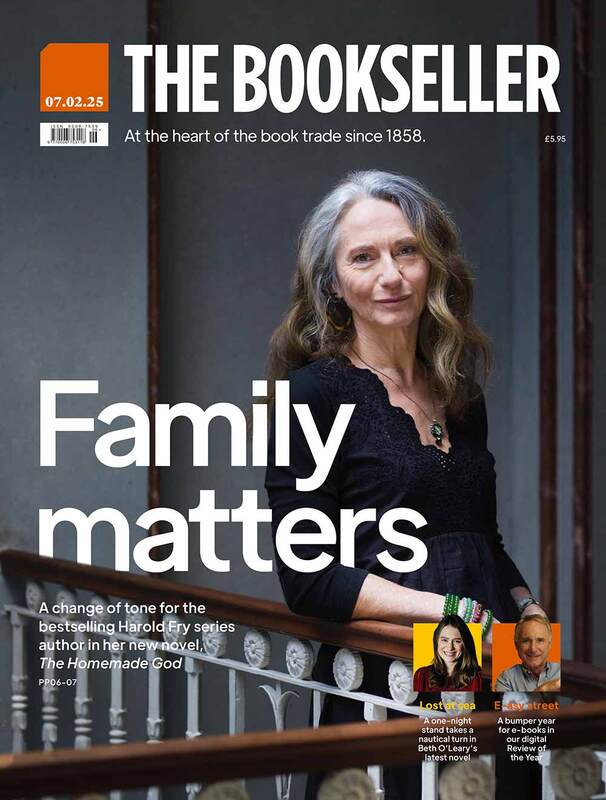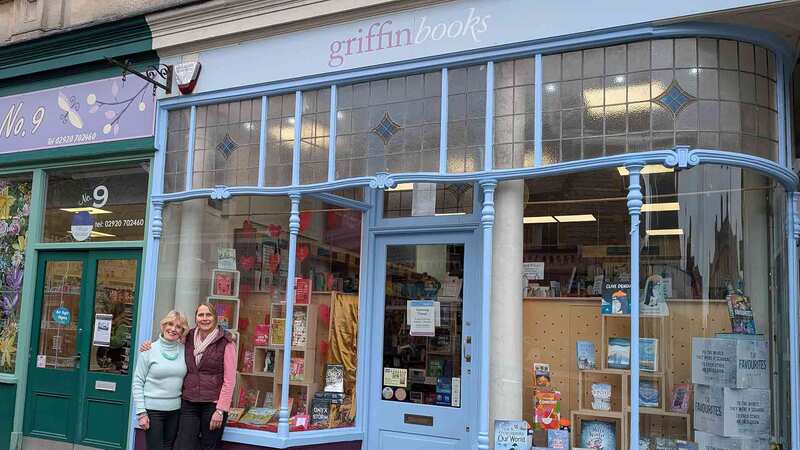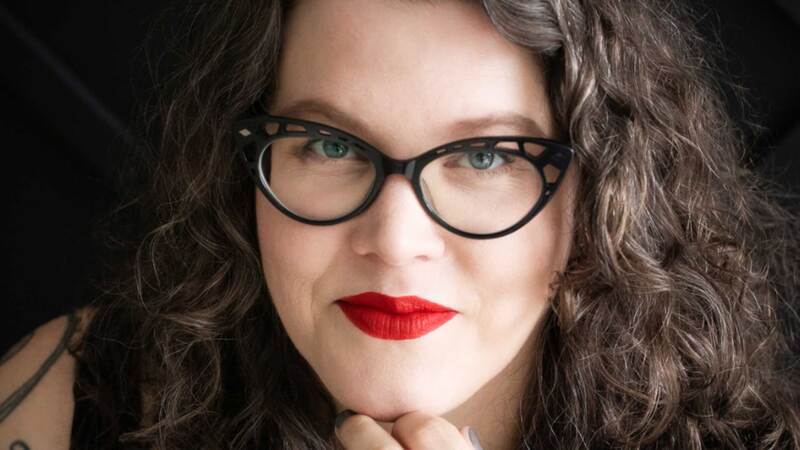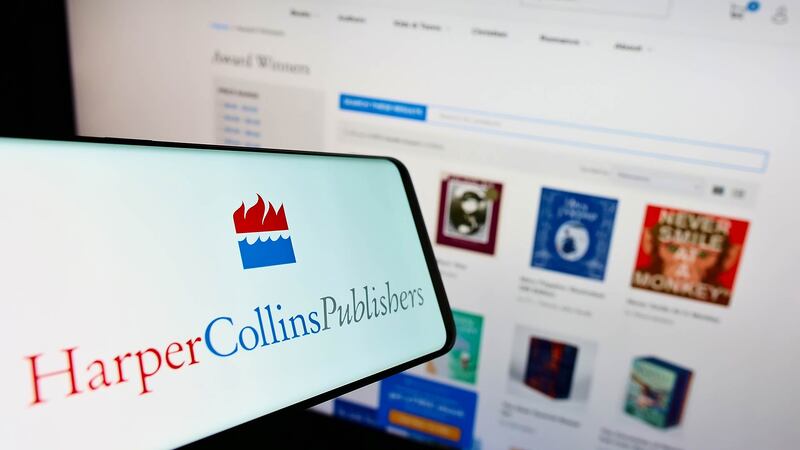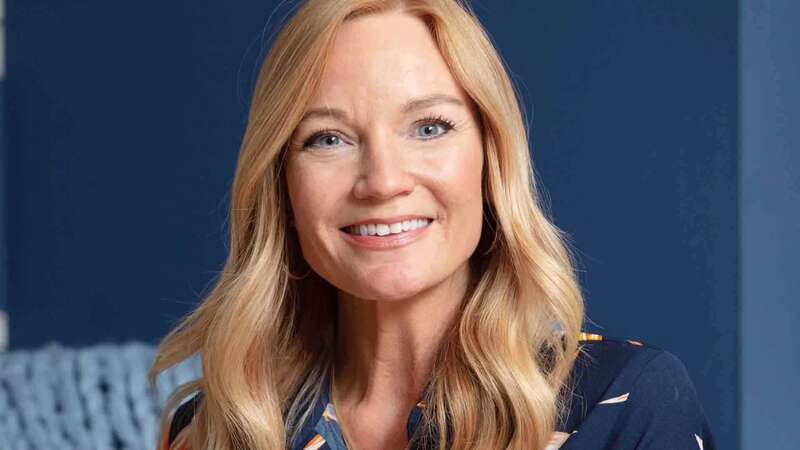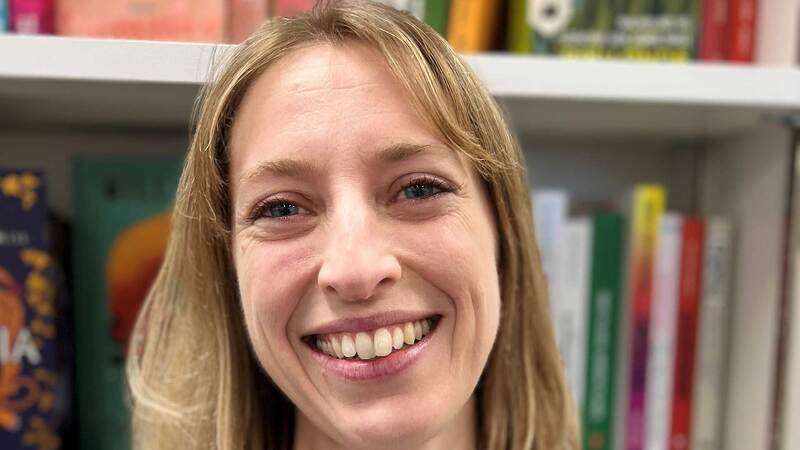You are viewing your 1 free article this month. Login to read more articles.
Forbes Watson warns against complacency after print rise
The book trade should not get complacent following a rise in print book sales, Anthony Forbes Watson, managing director of Pan Macmillan, warned delegates to Nielsen’s Book Insights Conference 2016 yesterday (23rd March).
Speaking as part of a panel discussion, Forbes Watson said the book trade “shouldn’t assume a return to the status quo”, following a resurgence in physical book growth and a plateau in e-book sales. He said the trade should be focusing on harnessing “the volcanic power of social media” in order to “sell ever more to people who aren’t like us”.
Citing publishing phenomenons such as E L James’ Fifty Shades of Grey (Arrow), Joe Wicks’ Lean in 15 (Bluebird) and colouring books as examples, Forbes Watson said the book industry’s future growth would be driven by “all the books people think aren’t books, which they disdain” and said publishers would need to “re-wire their entire outlook on life” in order to capture the next generation of readers—a generation for whom “reading doesn’t come first”. He believes the solution is not “generic book-based pleading” but “looking and observing” at how those people live.
Yesterday the conference also heard that print book sales were up 3% by volume and 4% by value in 2015, while e-book sales had grown 5% in volume and audiobook sales had surged by 27% year-on-year.
Ian Hudson, c.e.o of Penguin Random House International, and Hilary Murray Hill, c.e.o of Hachette Children’s, expressed a more positive outlook, with Hudson saying the print market was looking “brighter for the next few years”, with Waterstones, Blackwell’s and independent bookshops flourishing. “With the position of e-book pricing established in the overall marketing mix, the physical book market has untold opportunities,” he said. He added that rather than being hampered by e-book sales, the physical book market will continue to get stronger as publishers use technology to get closer to consumers. He also said the 27% growth in audiobooks over 2015 represents “a huge opportunity” and PRH intended to capitalise on it.
Murray Hill welcomed news of growth within the Children’s market, saying the kids’ sector had gone “from the Mrs Patmore to the Lady Mary” of publishing.
She said the “outrageously good value” of books for children under 10, particularly as gifts, is something that was often overlooked, and cited Minecraft Blockopedia (Egmont) as an example of a Christmas hit with a higher price point (its asp comes to £15.30). She also said publishers would have to experiment when it comes to mobile formats, saying Hachette were bringing out an “interactive book game combo for mobile”, aimed at boys aged eight and over, and would be part of a range of mobile “experiments” rather than act as a single solution.
David Prescott, c.e.o of Blackwell’s, commented on the challenges facing physical retailers in the face of e-book fiction sales, which represent 37% of the adult fiction market, and the rise of e-tailers. “A thousand bookshops have no part in digital fiction,” he said. “This is a major concern.” He added that booksellers had no real outlet to engage with digital fiction, and were therefore missing out on a third of the fiction market.
He also spoke of how digital has “completely changed the academic landscape”, with the rise of Amazon and other e-tailers meaning “geography is no longer an issue” and retailers don’t need to be on university campuses to make sales. He added that digital had the edge in the academic market partly because the younger, digital-native consumers favour learning on their smartphones over a “big heavy textbook”.


